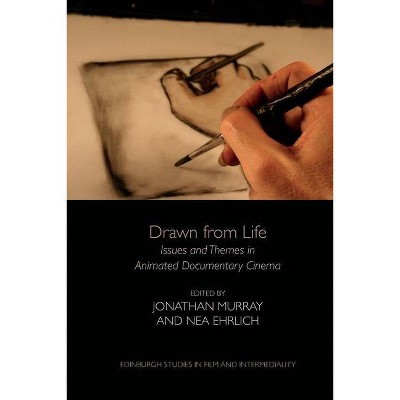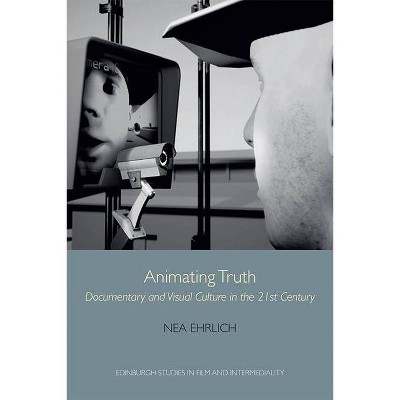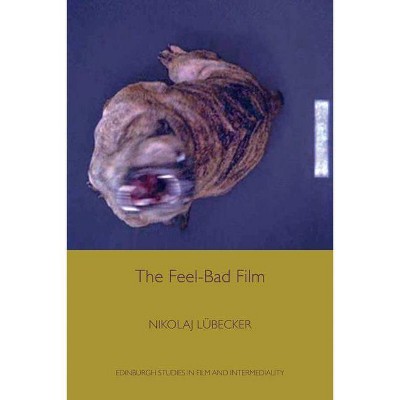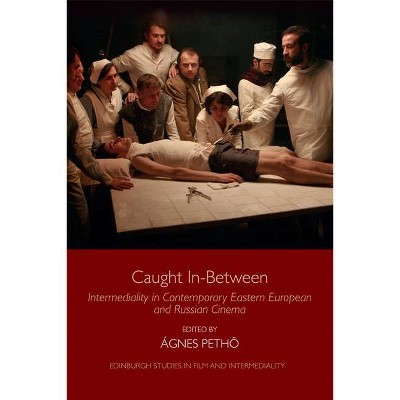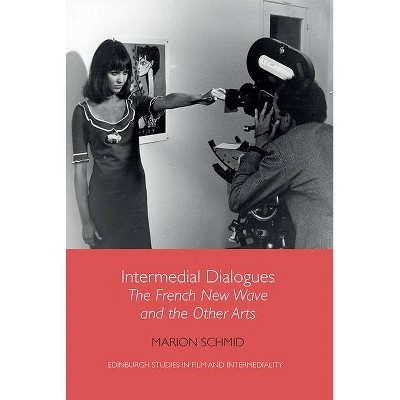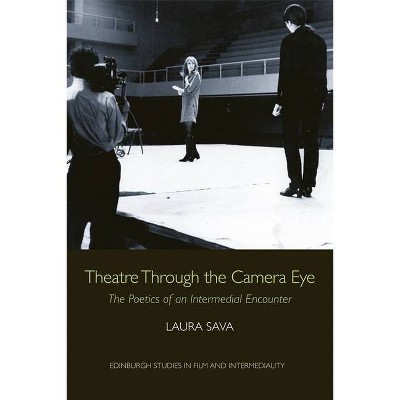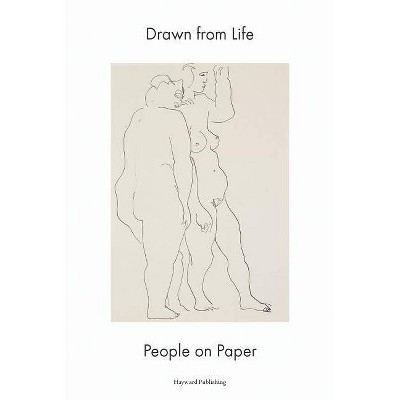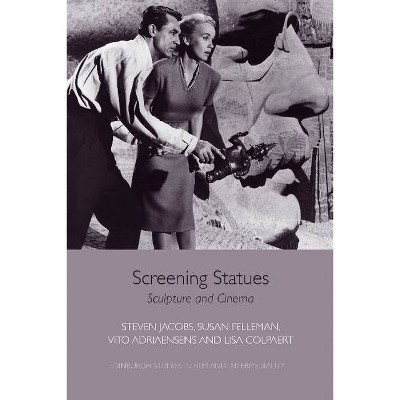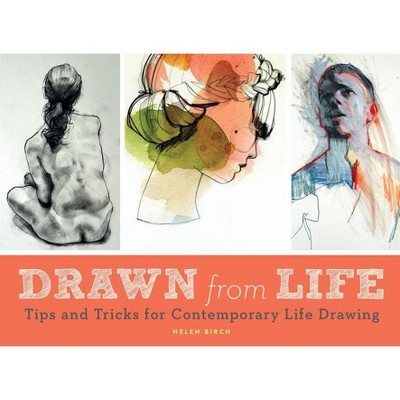Drawn from Life - (Edinburgh Studies in Film and Intermediality) by Jonathan Murray & Nea Ehrlich (Hardcover)
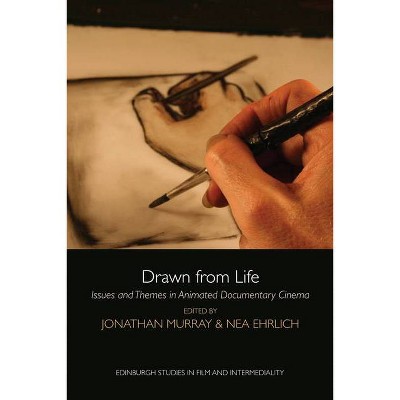
Similar Products
Products of same category from the store
AllProduct info
<p/><br></br><p><b> About the Book </b></p></br></br><p>From early cinema to present-day scientific research, military uses, digital art and gaming, this book casts new light on the capacity of the moving image to act as a record of the world around us, challenging the orthodox definitions of documentary cinema.</p><p/><br></br><p><b> Book Synopsis </b></p></br></br><p>Documentary cinema has always drawn from real life, but an increasing number of contemporary filmmakers are going further still, drawing onscreen images of reality through a range of animated filmmaking techniques. <em>Drawn from Life</em> is the first book to explore the field of animated documentaries from a diverse range of scholarly and practice-based perspectives, exploring and proposing answers to a range of questions that preoccupy twenty-first-century film artists and audiences alike: Why use animation to document? How do such images reflect and influence our understanding and experience of reality, whether public or private, psychological or political? From early cinema to present-day scientific research, military uses, digital art and gaming, this book casts new light on the capacity of the moving image to act as a record of the world around us, challenging the orthodox definitions of documentary cinema.</p><p/><br></br><p><b> From the Back Cover </b></p></br></br>Drawn from Life: Issues and Themes in Animated Documentary Cinema Edited by Jonathan Murray and Nea Ehrlich Documentary cinema has always drawn from real life, but an increasing number of contemporary filmmakers go yet further still, drawing onscreen images of reality through a range of animated filmmaking techniques. Drawn from Life is the first anthology publication to explore the field of animated documentaries from a diverse range of scholarly and practice-based perspectives, exploring and proposing answers to a range of questions that preoccupy twenty-first-century film artists and audiences alike: Why use animation to document? How do such images reflect and influence our understanding and experience of reality, whether public or private, psychological or political? From early cinema to present-day scientific research, military uses, digital art and gaming, this book casts new light on the capacity of the moving image to act as a record of the world around us, challenging the orthodox definitions of documentary cinema. Jonathan Murray is Senior Lecturer in Film and Visual Culture at Edinburgh College of Art, University of Edinburgh Nea Ehrlich is Lecturer in The Department of the Arts at Ben Gurion University of the Negev in Israel<p/><br></br><p><b> Review Quotes </b></p></br></br><br><br>The work of the editors and chapter authors provides a valuable collection of information, philosophical thought and production considerations that every animation teacher, researcher and practitioner need to read and have handy. It will serve as a reference and provide guidance for their own<br>investigation as well as for that of their students. -- Robert Musburger, Animationstudies 2.0<p></p><br><br><p/><br></br><p><b> About the Author </b></p></br></br><p>Jonathan Murray is Senior Lecturer in Film and Visual Culture at Edinburgh College of Art, University of Edinburgh. <p>Nea Ehrlich is Lecturer in The Department of the Arts at Ben Gurion University of the Negev in Israel.<p>
Price History
Price Archive shows prices from various stores, lets you see history and find the cheapest. There is no actual sale on the website. For all support, inquiry and suggestion messages communication@pricearchive.us
